As we age, many of us experience the unsettling reality of joint and muscle stiffness, a condition that can limit mobility and reduce overall quality of life. While the inevitability of aging can feel daunting, there are proactive measures that can be taken to mitigate stiffness and maintain an active lifestyle. This blog will explore the negative factors affecting joints and muscles as we age, the symptoms of stiffness, effective exercises, dietary considerations, and mental strategies to keep a positive outlook and stay active.
Understanding Joint and Muscle Stiffness
Negative Factors Impacting Joints and Muscles
Aging is associated with various physiological changes that contribute to joint and muscle stiffness. These include:
- Reduced Muscle Mass: Starting around age 30, we gradually lose muscle mass, a condition known as sarcopenia. This decline can lead to weakness, making it difficult to perform daily activities.
- Cartilage Degeneration: Joints are cushioned by cartilage, which can wear down with age. This degeneration can lead to osteoarthritis, characterized by pain and stiffness.
- Decreased Synovial Fluid: Synovial fluid lubricates joints, allowing for smooth movement. Aging reduces the production of this fluid, leading to increased friction and stiffness.
- Changes in Ligaments and Tendons: Ligaments and tendons become stiffer and less elastic with age, limiting the range of motion and increasing the risk of injury.
- Inflammation: Chronic inflammation is more common in older adults, contributing to joint pain and stiffness.
- Sedentary Lifestyle: Many individuals become less active as they age, leading to muscle atrophy and stiffness.
Symptoms of Joint and Muscle Stiffness
Common symptoms of joint and muscle stiffness include:
- Pain or discomfort in the joints, particularly after periods of inactivity
- Swelling or inflammation around the joints
- Decreased range of motion
- Muscle weakness or fatigue
- A "creaking" or "cracking" sound when moving joints
Recognizing these symptoms early is crucial for implementing preventative measures and treatment strategies.
Exercise: The Key to Maintaining Flexibility and Strength
Effective Exercises for Joint and Muscle Health as You Age
Engaging in regular physical activity is one of the most effective ways to combat joint and muscle stiffness. Here are some expert-recommended exercises:
- Strength Training: Lifting weights or performing resistance exercises can help maintain muscle mass and strength. Focus on major muscle groups, using lighter weights with higher repetitions to build endurance.
- Stretching: Regular stretching enhances flexibility and reduces stiffness. Aim for static stretches that hold a position for 15-30 seconds, targeting major muscle groups.
- Low-Impact Aerobic Exercise: Activities such as walking, swimming, or cycling promote cardiovascular health without putting excessive strain on joints. Aim for at least 150 minutes of moderate aerobic activity per week.
- Yoga and Pilates: These practices emphasize flexibility, balance, and strength. They can also help alleviate stress and improve mental health.
- Balance Exercises: Incorporating balance training can help prevent falls, a common concern for older adults. Simple exercises like standing on one leg or using a balance board can be beneficial.
Expert Advice
- Diana Nyad, a long-distance swimmer and endurance athlete, famously stated, “You’re never too old to chase your dreams. You’re never too old to try something new.” At age 64, she became the first person to swim from Cuba to Florida without a shark cage, proving that determination knows no age.
Nutrition: Fueling Your Body for Movement
Foods to Combat Joint and Muscle Stiffness
Diet plays a crucial role in joint health. Here are some dietary recommendations:
- Anti-Inflammatory Foods: Incorporate foods rich in omega-3 fatty acids (such as fatty fish, flaxseeds, and walnuts), as they help reduce inflammation. Leafy greens, berries, and nuts are also beneficial.
- Lean Proteins: Adequate protein intake is essential for muscle maintenance. Sources like chicken, turkey, beans, and legumes can help preserve muscle mass.
- Whole Grains: Whole grains like quinoa, brown rice, and oats provide essential nutrients and help maintain energy levels.
- Hydration: Staying hydrated is crucial for joint health, as it helps maintain synovial fluid levels. Aim for at least eight glasses of water a day, adjusting for activity level and climate.
Supplements for Joint and Muscle Support
Certain supplements may also provide benefits:
- Glucosamine and Chondroitin: These supplements may help relieve joint pain and improve mobility in people with osteoarthritis.
- Omega-3 Fatty Acids: Fish oil supplements can reduce inflammation and support joint health.
- Vitamin D and Calcium: These nutrients are essential for bone health and muscle function. Consider supplements if dietary intake is insufficient.
- Curcumin: The active ingredient in turmeric, curcumin has anti-inflammatory properties and may help alleviate joint pain.
Expert Insights on Nutrition
Nutritionists emphasize the importance of a balanced diet rich in whole foods. Renowned sports dietitian Nancy Clark often advises, "Focus on the quality of your calories, not just the quantity." This means choosing nutrient-dense foods that provide the vitamins and minerals essential for optimal health.
Mental Strategies for Aging Gracefully
Coping with Mental Slowdown
As we age, cognitive functions may decline, leading to frustration and feelings of inadequacy. Here are some strategies to maintain mental acuity:
- Stay Mentally Active: Engage in puzzles, reading, or learning new skills to stimulate the brain.
- Mindfulness and Meditation: Practicing mindfulness can improve focus and reduce stress, promoting overall mental well-being.
- Social Connections: Maintain social relationships to enhance emotional health. Joining clubs or community groups can help foster connections.
- Set Realistic Goals: Focus on achievable fitness and life goals to maintain motivation and a sense of purpose.
Maintaining a Positive Outlook
Adopting a positive mindset can significantly impact physical health. Dr. Norman Doidge, a psychiatrist and author of "The Brain That Changes Itself," highlights that "the brain is capable of adapting and changing throughout life." Embrace the changes that come with aging, viewing them as opportunities for growth and new experiences.
Keeping Active in Old Age
Strategies for Staying Mobile
- Create a Routine: Establish a regular exercise routine that includes flexibility, strength, and aerobic components. Consistency is key.
- Listen to Your Body: Pay attention to how your body feels during and after exercise. Rest when needed and modify activities to prevent injury.
- Utilize Technology: Fitness trackers and apps can help monitor activity levels and set achievable goals.
- Seek Professional Guidance: Consider working with a physical therapist or personal trainer experienced in senior fitness. They can tailor a program to your specific needs and abilities.
- Stay Engaged in Activities You Enjoy: Whether it’s dancing, gardening, or hiking, find activities that bring you joy and keep you moving.
Real-Life Success Stories
Tom Brady, the renowned NFL quarterback, emphasizes the importance of longevity in sports. He once said, “I think the biggest thing is just that you can’t ever stop working. You can’t ever stop trying to improve, even if you’re in your 40s.” His dedication to fitness and recovery is a testament to maintaining an active lifestyle as we age.
Embracing Age: Strategies for Lifelong Mobility and Vitality
While joint and muscle stiffness may seem like an inevitable part of aging, it is possible to take control of your health and maintain an active, fulfilling lifestyle. By understanding the negative factors that contribute to stiffness, recognizing the symptoms, and implementing effective strategies such as regular exercise, proper nutrition, and mental well-being, you can enjoy the benefits of mobility and vitality in your golden years.
Aging may come with its challenges, but it also offers the opportunity to embrace new activities, cultivate relationships, and discover the joys of life in a different phase. Remember, it’s never too late to make positive changes, so start today and keep moving forward.


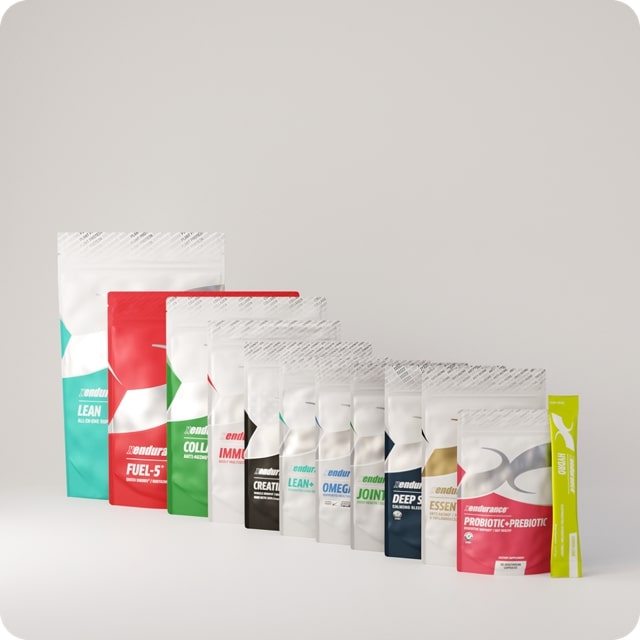
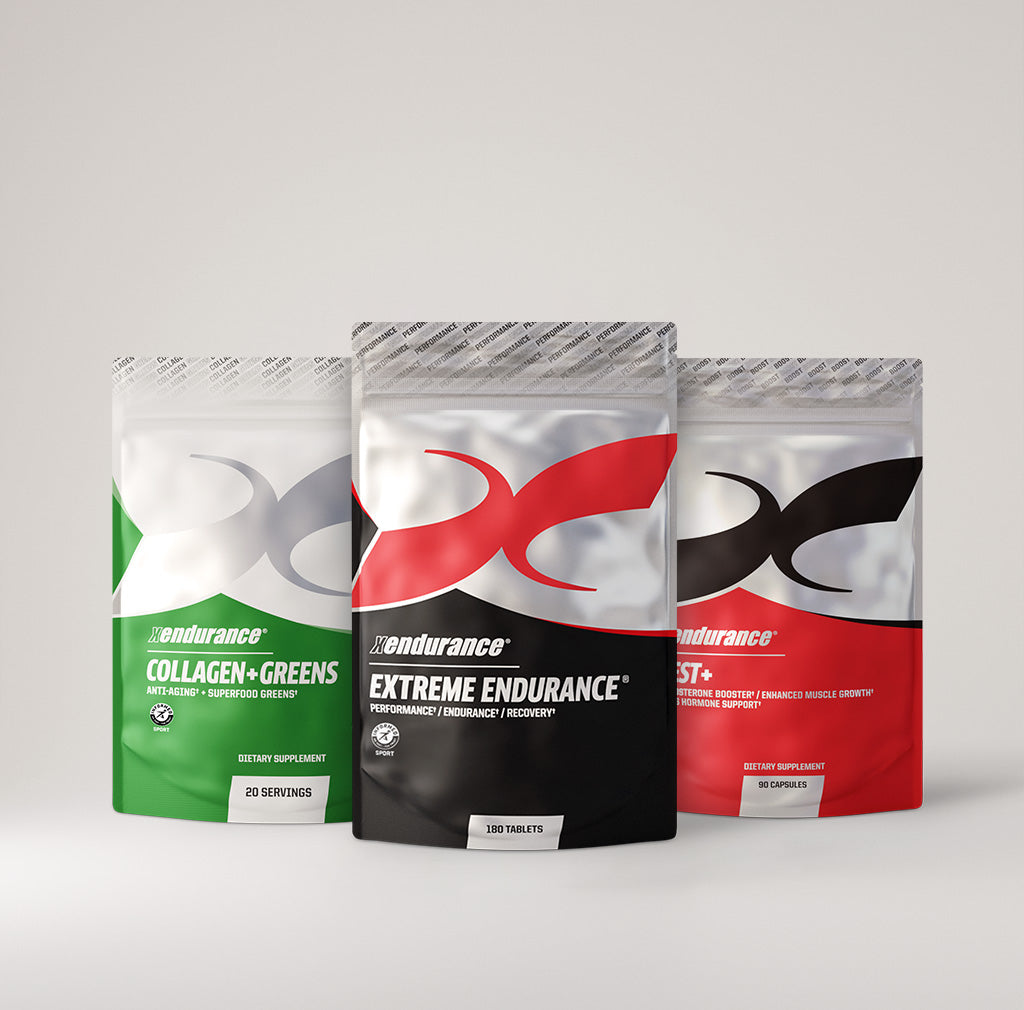
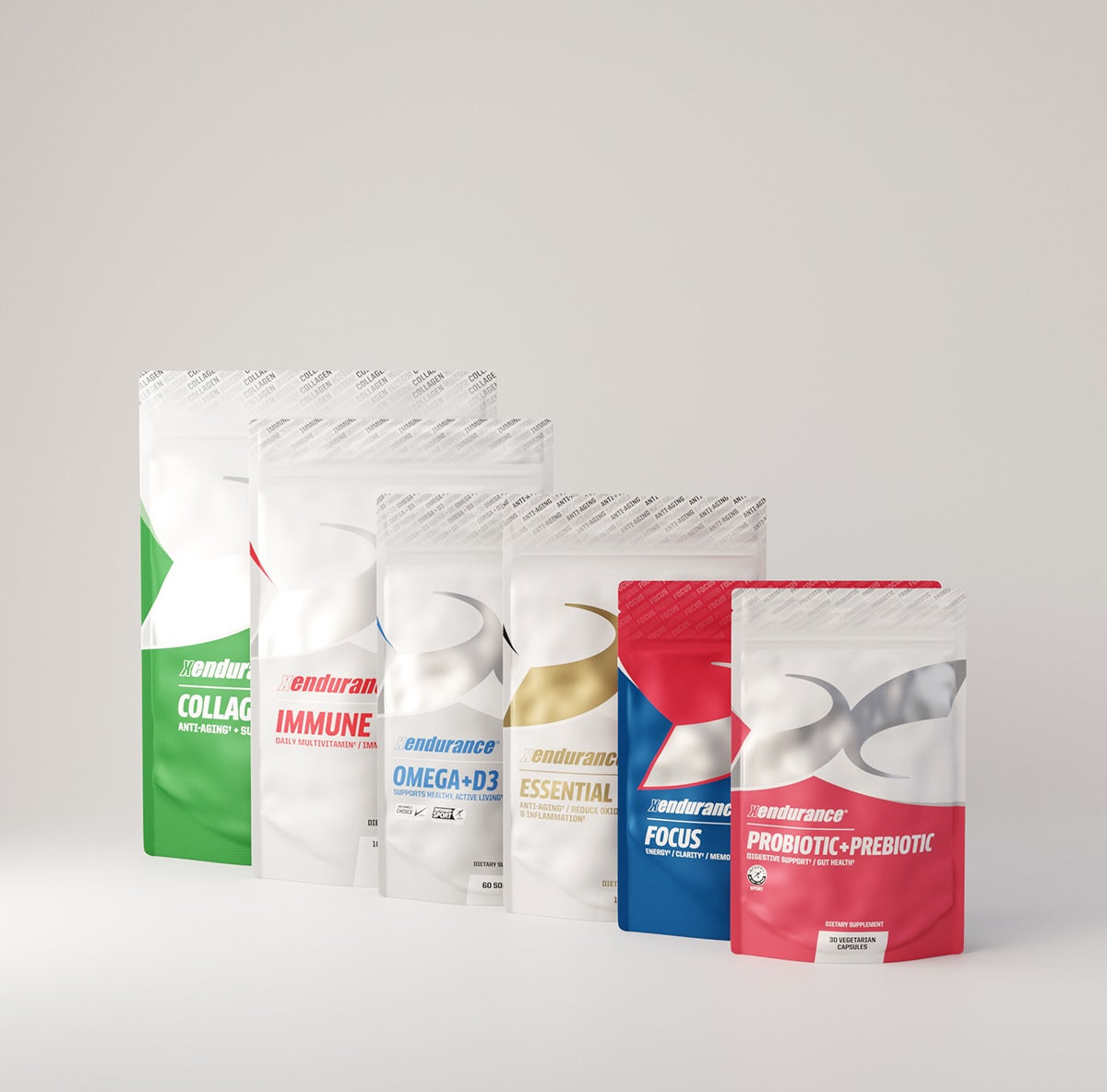
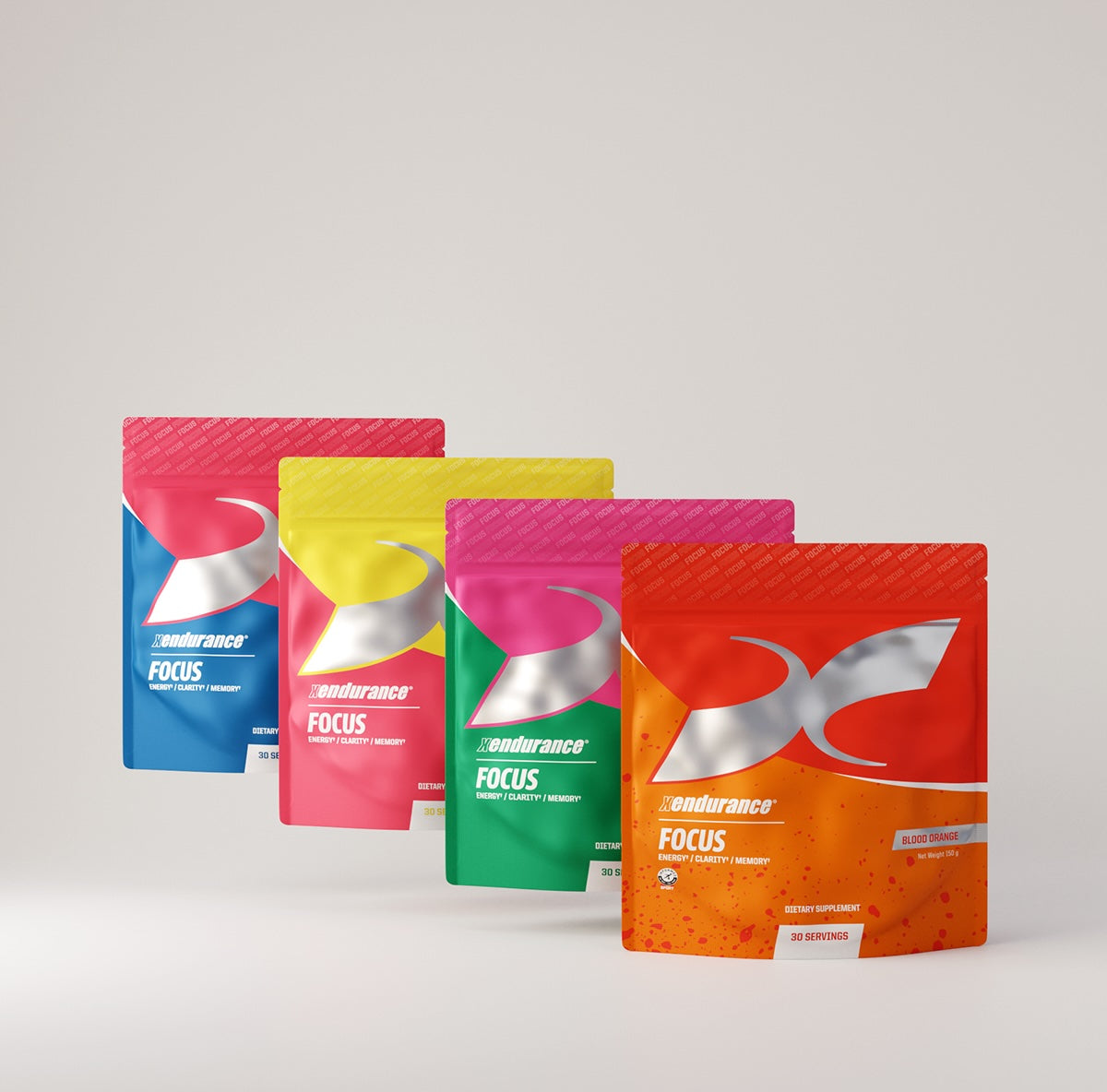
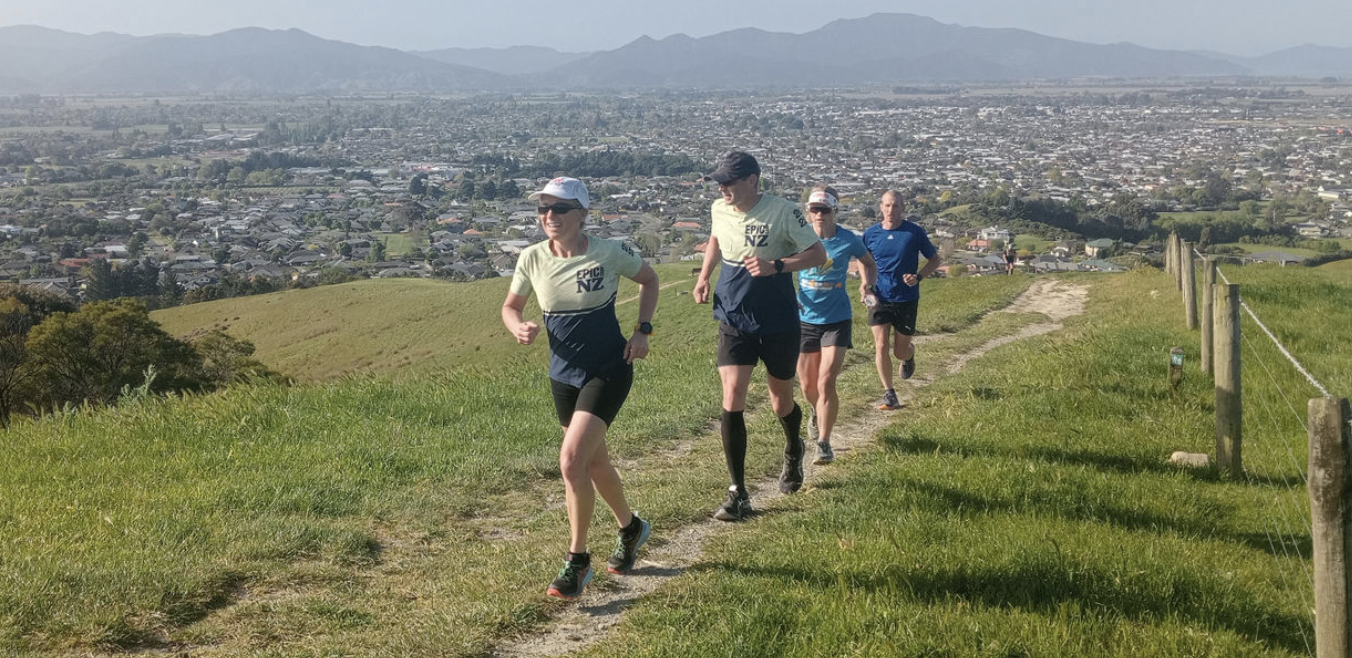


Leave a comment
This site is protected by hCaptcha and the hCaptcha Privacy Policy and Terms of Service apply.